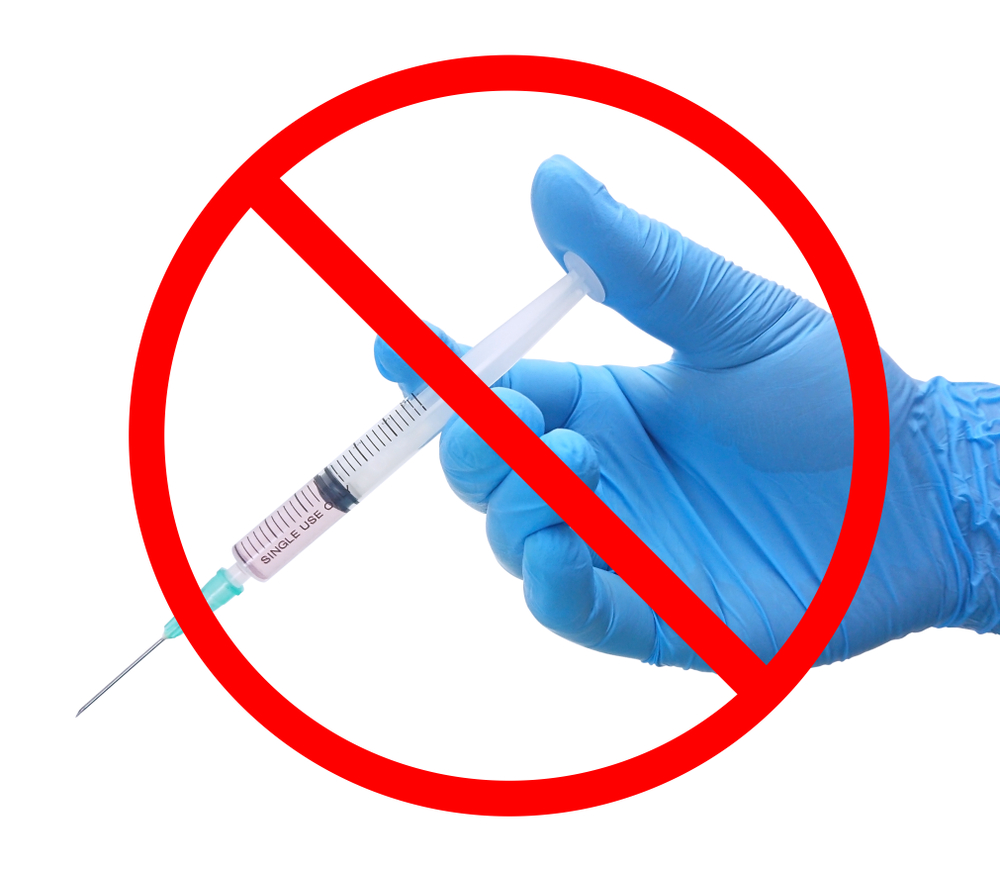ARTICLE SUMMARY:
Macromolecules like anti-VEFG are not deliverable as eye drops because they can’t normally penetrate the surface of the eye. But with a novel application of low-frequency ultrasound, Opharmic’s MeticTouch can push drugs to the back-of-the eye, so patients don’t have to undergo the needle.
Langston Suen, PhD, the founder of Opharmic Technology, learned a valuable lesson about medicine when his mother was dying of lung cancer: the patient experience is as important as the treatment. He recounts how, at a late stage of the disease, his mother had agreed to participate in a clinical trial of a targeted cancer therapy. Sadly, the drug didn’t work to reverse her cancer. But selective targeting rendered it side-effect free—she experienced no hair loss, no nausea, and she was able to eat and sleep well. “That was an epiphany for me,” he says. “Traditional cancer treatments, chemo and radiotherapy, are a huge burden to patients. How drug is delivered can make a night and day difference in terms of the patient experience.”
Suen embarked on a long and winding journey during which he looked into ways to improve cancer care, throughout his undergraduate years, and then PhD studies at the Hong Kong University of Science and Technology. He eventually began working on nanoparticle-based drug delivery, under the tutelage of his adviser, Ying Chau, PhD, an expert in drug delivery and materials science, who had studied at MIT in the laboratory of the renowned biotechnologist and inventor Robert Langer, ScD. Suen’s first published paper was on nanoparticle-based drug delivery to achieve targeted delivery to the back of the eye.
Realizing that the delivery of nanoparticles involves a lot of pharma-like research—all the pharmacokinetic and toxicity testing, as well as regulatory hurdles—Suen conceived of a device to push large molecules across biological barriers in the eye. That’s how Opharmic came to be founded in 2016. “Large molecules like anti-VEGF drugs, which must be injected into the eye, represent a clear, unmet medical need,” he contends.

